The dating of the Stele of Gebel Barkal
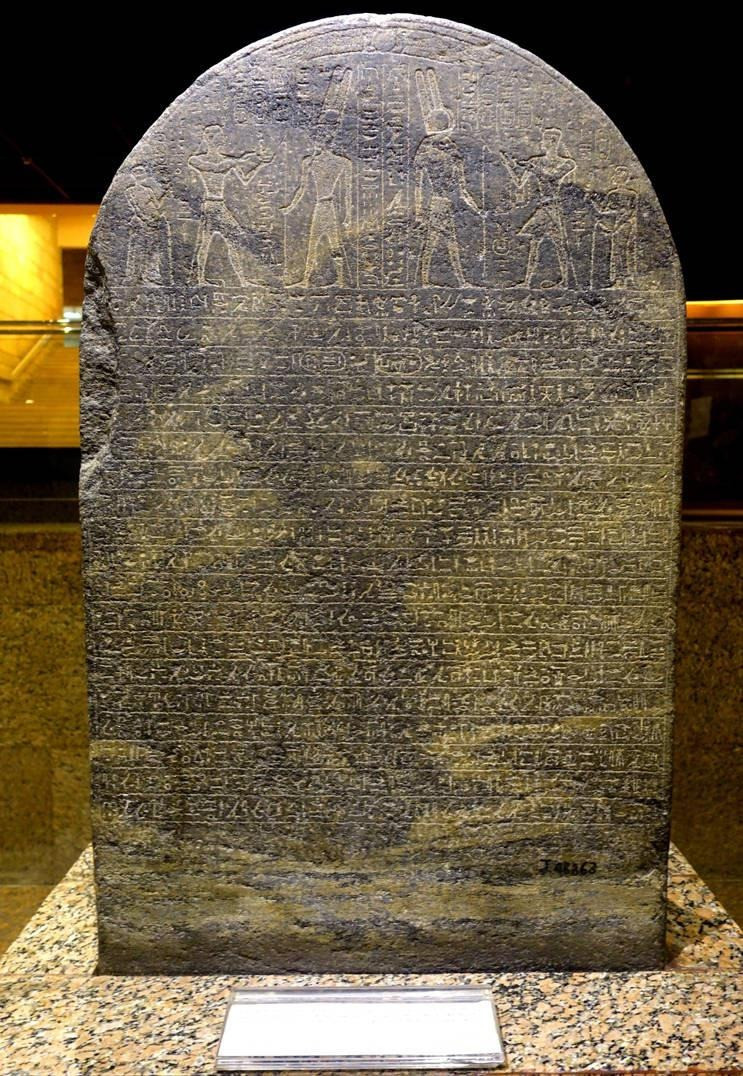
The Stele of Gebel Barkal, also known as the Stele of Napata (an ancient city of Kush near the Fourth Cataract, in today's Sudan), was commissioned and erected by Thutmose III (circa 1479-1425 BC) during his 47th year of reign to attest to the acts of courage and the value of the sovereign. It does not present events in chronological order. Information on the direct interventions of Thutmose III in Nubia is very scarce, but it is believed that the sovereign, who devoted much attention to the political and religious efforts to spread Egyptian civilization in that region, did not lead or send many military expeditions to the territory, which, all things considered, was quite peaceful and from which tributes flowed regularly.
The stele, made of gray granite, found in the first courtyard of the great temple of Amun at Barkal, is 173 cm high, 97 cm wide, and about 15 cm thick. The lower right corner is missing, and it appears that the damage is very ancient.
Dating of the Stele of Gebel Barkal

Translation: 47th year, 3rd month of Akhet, 10th day
Explaination
- rnp.t-sp, year of reign; the reading is not certain; also proposed are HA.t-sp, Hbs.t, rnp.t-Hbs / Hbs.t (Hannig, GH 471) (Meeks, AL I, 77.2384; II, 78.2404; III, 79.1754); the following number is an ordinal numeral (Grandet-Mathieu, EH 21.3);
- Abd 3 (ny) Ax.t, month 3 (of) akhet, the mention of the month includes: a. the term month; b. an ordinal numeral from first to fourth (tpy, 2-nw, 3-nw, 4-nw), most often reduced to a single digit; c. the name of the season (Ax.t, the flooding, from mid-July to mid-November; pr.t, the emerging, i.e., germination, from mid-November to mid-March; Smw, the heat, i.e., the harvesting, from mid-March to mid-July) considered, introduced by n(y) (expressed or omitted). When tp(y) is written
- sw 10, day 10, the mention of the day includes the term sw, here also followed by an ordinal numeral expressed by the single digit; when the day is not indicated, it is because it is considered to be the first day of the mentioned month (Grandet-Mathieu, EH 21.4, b).

Translation: in the presence of the Horus Victorious Bull-That-Shines-in-Thebes
Explaination
- Hm, literally person (the Majesty), used when it is the king himself who speaks (Grandet-Mathieu, EH 13.2);
- kA, male bull (Faulkner, CD 283) (Hannig, GH 873) (Meeks, AL I, 77.4496; II, 78.4343; III, 79.3197); (third figure);
- nxt [3-lit.], to be strong, powerful, vigorous, victorious (Faulkner, CD 138) (Hannig, GH 428) (Meeks, AL I, 77.2185; II, 78.2209; III, 79.1608);
- kA nxt(w), literally a bull, one who has become strong/powerful/victorious, perfect active participle determining a noun (Grandet-Mathieu, EH 40.3, a); all adjectives are perfective participles of verbs of "quality" (e.g., nfr, good, literally one who has become good, derived from the verb nfr, to become good) (Grandet-Mathieu, EH 7.2; 14.2; 40.1, Rem.) which over time have lost the aspectual nuance to function as true adjectives;
- xaj [3-inf.], to appear in glory, to be brilliant/shining/radiant/luminous/illustrious (Faulkner, CD 185) (Hannig, GH 586) (Meeks, AL I, 77.3008; II, 78.2957);
- xa(w), perfect active participle determining a noun, see note 13;
- xa(w) m wAs.t, literally shining in Thebes; Hannig suggests being crowned (?) (Hannig, GH 586.3).












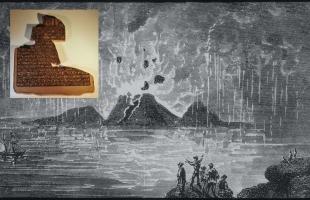
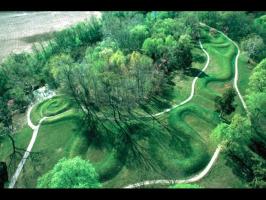
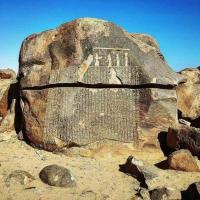

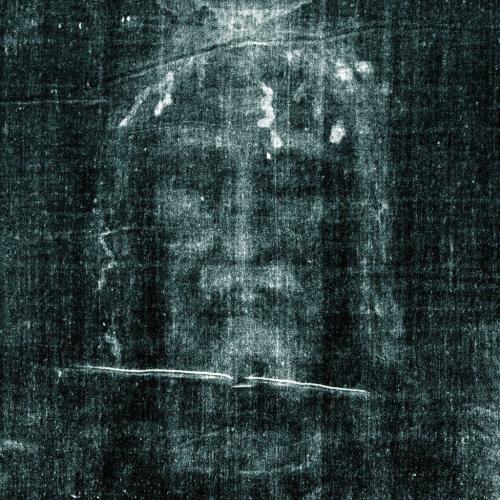



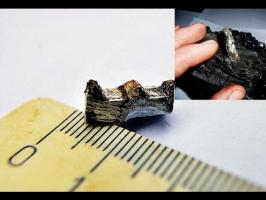
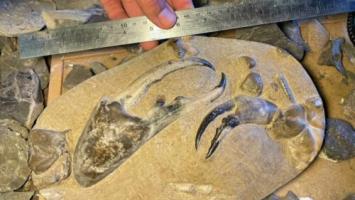




Comments